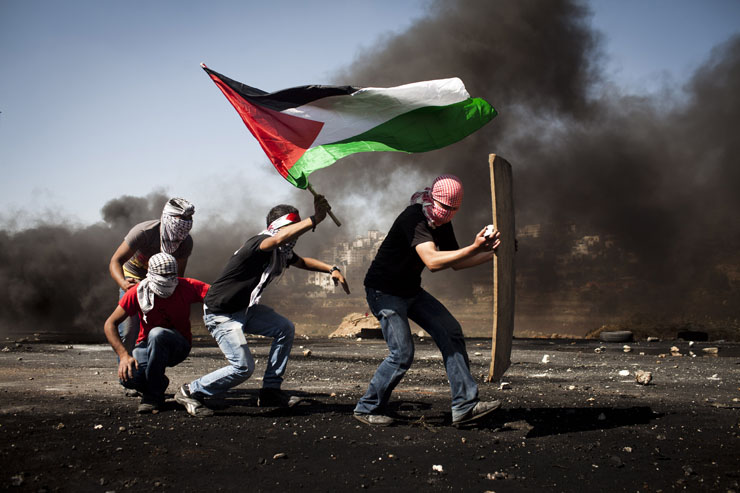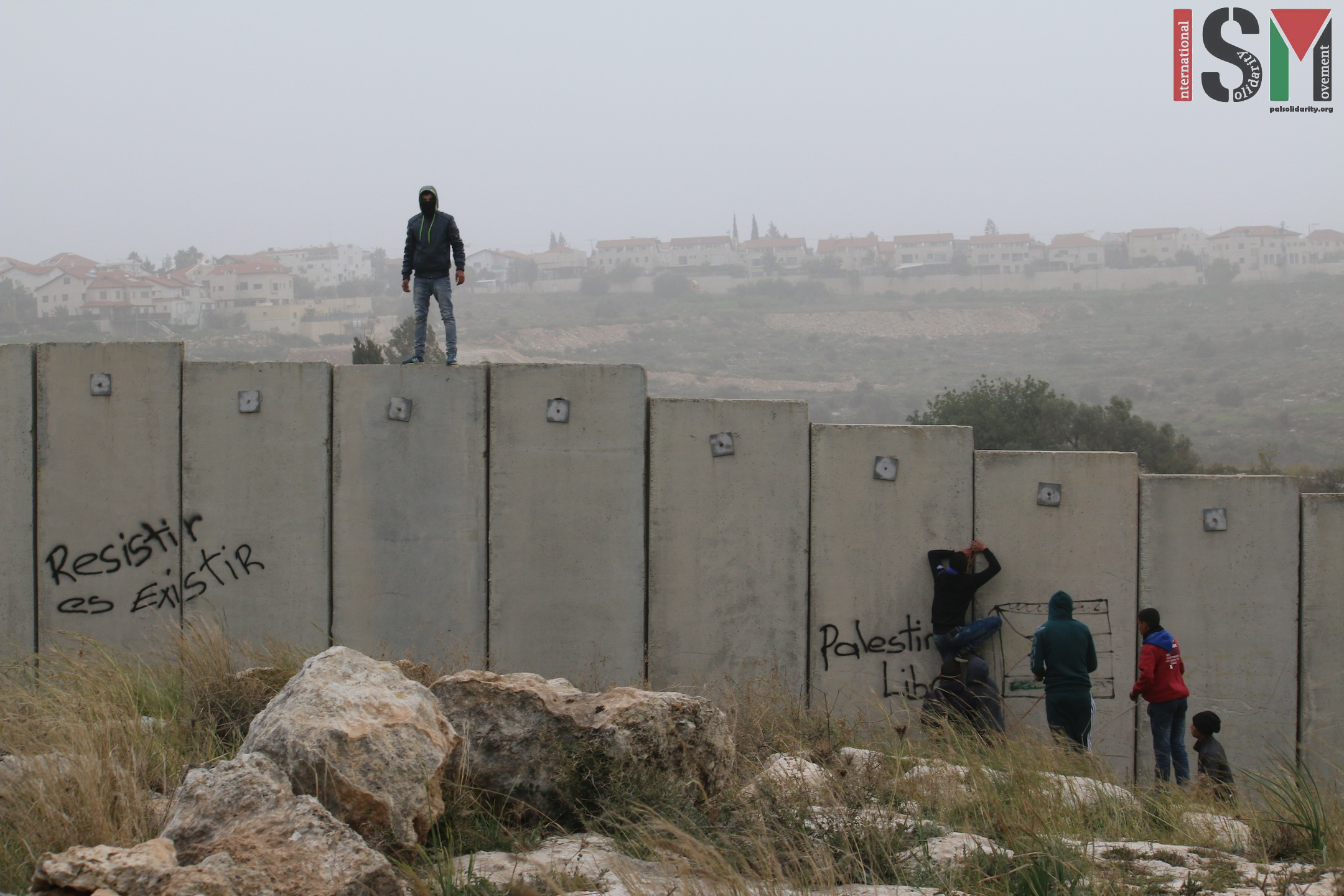Tag: Ramallah
-
New stun grenades used at Ofer military prison demonstration
26th March 2016 | International Solidarity Movement, al-Khalil team | Ofer, occupied West Bank On 25th March 2016, Israeli forces at Ofer military prison injured 8 Palestinians with various kinds of weapons, and later on attacked the nearby village of Beitunia, injuring even more. A demonstration against the Israeli military occupation and for the freedom…
-
Weeks of repression and resistance in Ni’lin
15th January 2016 | International Solidarity Movement, Ramallah team | Ni’lin, occupied Palestine A walk through the olive groves of Ni’lin village, down the dirt road between stone walls and cacti and past the scattered remnants of spent tear gas canisters, grenades and bullet casings reveals a striking vista: the Israeli-constructed, illegal Apartheid Wall cuts sharply across…
-
Hamze Marwan Abdomousa is asking for your support!
30th November 2015 | International Solidarity Movement, Ramallah Team | Ramallah, occupied Palestine UPDATED: 28.12.2015 22 year old Hamze is still in prison after obtaining a 1 year sentence. The court also ruled he must pay a fine of 4.000 shekels (or USD $1.023) before the end of December, in order to be freed by…



